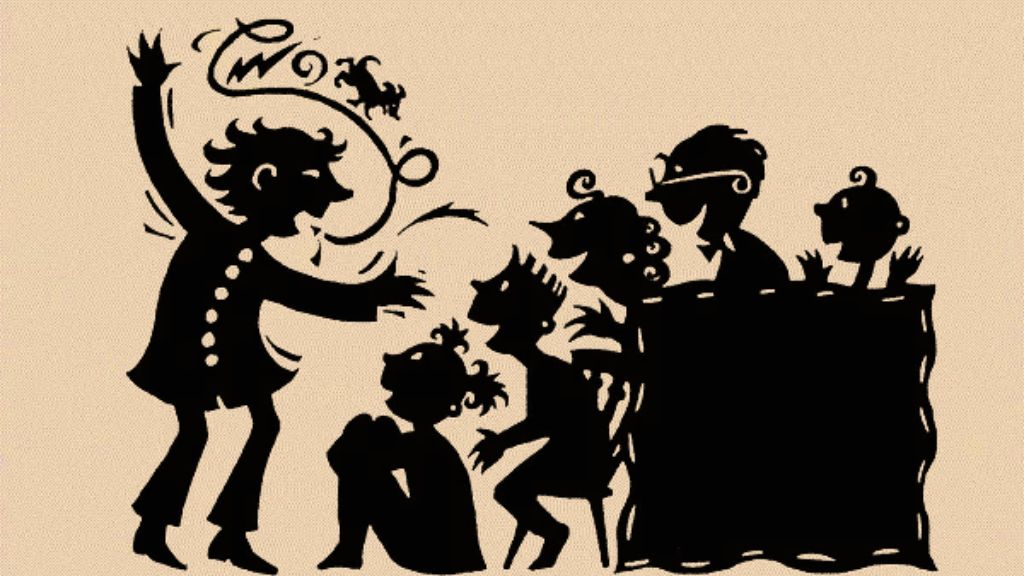Lettering is more than just writing; it’s an art form that transforms simple text into visually stunning masterpieces. Whether you’re crafting signs, designing posters, or jotting down notes, good lettering can captivate and communicate effectively. In today’s visually driven world, mastering the art of lettering can set your work apart, adding a touch of beauty and professionalism to any project. But what makes lettering genuinely exceptional?
In this blog, we’ll explore 10 essential qualities of good lettering that will help you enhance your skills and create eye-catching, readable designs. Let’s dive into the world of lettering and discover the secrets to making your text truly stand out.
10 Qualities of Good Lettering
1. Legibility
Legibility means that the letters are easy to read. When you create good lettering, each letter should be clear and distinct so that anyone can understand it without difficulty. If your letters are hard to read, people might not understand your message. Imagine you are walking down the street and see a beautifully designed sign for a coffee shop. If the letters are hard to read, you might miss the name of the shop or its special offers. Legibility ensures that your message is communicated effectively, no matter how decorative your letters are.
Also read: 10 Qualities of a Godly Woman
2. Consistency
Consistency is all about making sure your letters look like they belong together. This means keeping the size, shape, and style of each letter uniform throughout your work. Consistent lettering makes your writing look neat and professional. Think about how confusing it would be if a book used different fonts on every page. The same principle applies to lettering. Consistency helps the reader’s eyes flow smoothly across the text, making it easier to read and more visually appealing.
3. Proper Spacing
Proper spacing between letters and words is very important. If the letters are too close together, they might be hard to read. If they are too far apart, the words can look disconnected. Balanced spacing ensures that your text flows smoothly and is easy to read. Imagine reading a sentence where all the letters are bunched up together—it would be challenging to decipher the words. On the other hand, if the letters are too spread out, it can look messy and disorganized. Proper spacing strikes a balance, making your lettering look clean and readable.
4. Balance
Balance in lettering means that the letters are evenly distributed and aligned. This can be seen in how letters sit on a baseline (the imaginary line that letters sit on) and how they fill the space around them. Good balance makes your lettering look harmonious and pleasing to the eye. Think about how a balanced painting is more pleasing to look at. Similarly, balanced lettering creates a sense of order and beauty. It ensures that no part of your lettering looks too heavy or too light, giving a uniform appearance to your work.
5. Proportion
Proportion refers to the relative size of different parts of the letters. For example, the height of the letter “h” compared to the letter “e” should be proportionate. Good proportion makes the letters look well-formed and natural. Imagine if one letter in a word was much larger or smaller than the others—it would look odd and disrupt the flow of reading. Proper proportion ensures that all parts of the letters work together harmoniously, creating a cohesive and aesthetically pleasing look.
6. Alignment
Alignment ensures that your letters line up correctly. For example, if you’re writing a sentence, all the letters should start and end at the same point. Proper alignment helps in maintaining a clean and orderly appearance in your lettering. Think about how frustrating it is to read a text where the lines are all over the place. Proper alignment creates a sense of order and makes your lettering look neat and professional. It helps guide the reader’s eyes from one letter to the next without confusion.
7. Contrast
Contrast in lettering involves using different thicknesses of lines or different styles to make certain parts of the text stand out. This can make your writing more interesting and emphasize important words or phrases. For example, you might use thicker lines for the main headings and thinner lines for the body text. This creates a visual hierarchy that guides the reader’s attention. Contrast can also add a dynamic element to your lettering, making it more engaging and eye-catching.
8. Style
Style refers to the unique look and feel of your lettering. This can range from simple and classic to bold and modern. A consistent style throughout your work adds character and personality to your lettering. Think about how different fonts evoke different feelings—a whimsical, curly font might feel playful, while a sleek, sans-serif font might feel modern and professional. Choosing a style that suits your message and sticking with it helps create a cohesive and appealing look.
9. Creativity
Creativity is about adding your personal touch to the letters. It’s what makes your lettering unique and special. Whether you add small decorations or use unusual shapes, creativity helps your work stand out. Think about how much more interesting a handwritten note with decorative flourishes is compared to a plain typed one. Creativity allows you to infuse your personality into your lettering, making it truly one-of-a-kind. It’s about experimenting with different ideas and finding what works best for you.
10. Practice
The final quality of good lettering is practice. No one becomes good at lettering overnight. It takes time and effort to improve. By practicing regularly, you’ll develop your own style and improve the other qualities mentioned above. Just like learning to play an instrument or getting good at a sport, lettering requires dedication and practice. The more you practice, the more comfortable you’ll become with different techniques and styles. Over time, you’ll see your skills improve and your lettering become more polished and professional.
Also read: Why Might an Improvement Team Consider Collecting Balancing Measures?
Conclusion
Good lettering is a combination of several key qualities: legibility, consistency, proper spacing, balance, proportion, alignment, contrast, style, creativity, and practice. By focusing on these qualities and dedicating time to practice, you can improve your lettering skills and create beautiful, readable text that enhances any project. Whether you’re making a sign, designing a poster, or simply writing a note, good lettering can make your work look special and share your message clearly.




